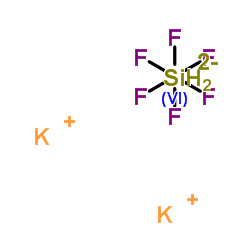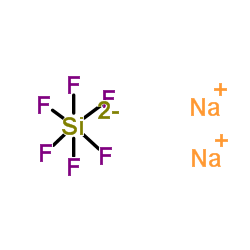| Structure | Name/CAS No. | Articles |
|---|---|---|
 |
Diammonium hexafluorosilicate
CAS:16919-19-0 |
|
 |
Dipotassium hexafluorosilicate
CAS:16871-90-2 |
|
 |
Sodium Silicofluoride
CAS:16893-85-9 |